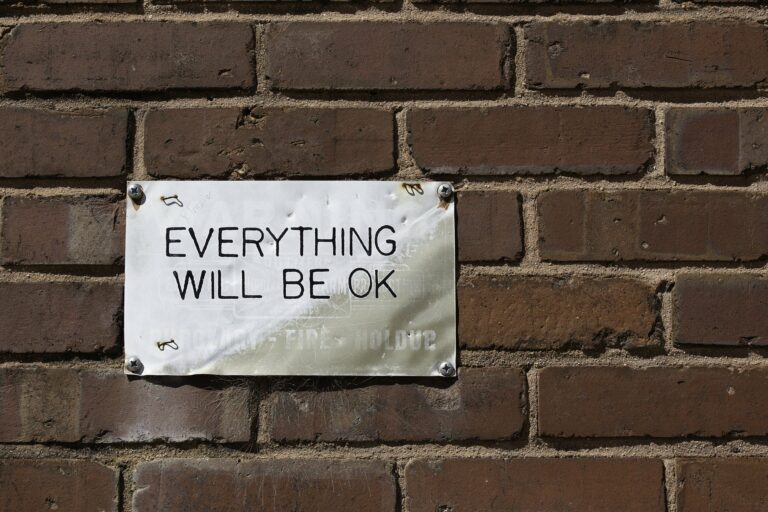
Common Fitness Myths Debunked
There are endless fitness myths that have been going around for years now which aren’t necessarily true. Yet, it’s easy to believe anything we hear, especially when it’s a subject we’re not too familiar with and we have no reason to doubt it. While some of these myths are harmless, others might be the reason why we don’t exercise as often as we should (or at all) and others yet can actually be putting us at risk. we’re here to debunk some of the most widely-believed myths regarding fitness and exercise.
Stretching before a workout
This is perhaps the most common fitness myth out there, and it’s a wonder it still exists. People seem to believe that stretching before a workout could help reduce the risk of injuries, but there’s no scientific evidence that backs this up. Research has found that no only does pre-workout stretching prevent injuries, but they have no effect on our workout whatsoever. It doesn’t mean stretching is bad for us, it can even be good for our bodies after a workout or before going to bed, but there’s no reason to waste time meticulously stretching before every workout.

Lifting weights will bulk you up
If you’re looking to get in shape and or lose weight, lifting weights should be an inseparable part of your workout. However, some people neglect this exercise, since they falsely believe that lifting weights might bulk them up. Weightlifting is considered an exercise for bodybuilders, but that’s not even one bit true. Lifting weights strengthens our muscles, allowing them to work harder while we’re exercising and also while we’re resting, meaning we can burn calories while doing absolutely nothing! Plus, bulking up would take years of heavy and intense weight-lifting, and even then, it’s not guaranteed you’d bulk up – it depends a lot on your body as well as your training program, it’s not something that happens over night and from lifting a reasonable weight.

Running on a treadmill is better for you
For some reason, word got around that running on a treadmill might somehow be better for our bodies than running outside or on pavement. That’s one of the biggest fitness myths out there, and it’s time to get the facts right. To begin with, running outside makes you work harder for a number of reasons. Running on an uneven ground, up and down hill, engages more of our muscles and requires more energy, and so does running against the wind. Secondly, and more importantly, research has shown that running on a treadmill can be bad for our knees – the revolving belt puts additional stress and impact on our knees and Achilles tendon. If you have the option, running outside is always better (and if not, the treadmill is better than nothing).

Running is better than walking
It’s not uncommon to hear that walking, unlike running, isn’t real exercise. The fact is walking and running target the same muscles and ultimately have the same result, only with running, you’d get there a lot faster. Walking and running are both forms of cardiovascular activity, and both are great for our health, and so neither one is “better” for us than the other – they’re both important. Running is sometimes preferable as a workout since your run can be half the time of your workout with the same results, and so it seems more efficient if you’re short on time. However, running is not for everyone, and so an hour walk can do the job instead.


Healthy Lifestyle Options for Fitness Gurus

Anxiety Reducing Hacks for Better Health

How a Positive Outlook Improves Mental Health

Strange Ways to Stay Fit

How to Maximize Your Productivity While Working From Home

Why Are People Exercising More During This Time?

Surprising Uses and Benefits of Coconut Oil

How to Stay in Shape During Lockdown

Pack lightly: 10 tips to make your packing more efficient

How to work out in the morning? 10 tips to get you out of bed and into the gym






















